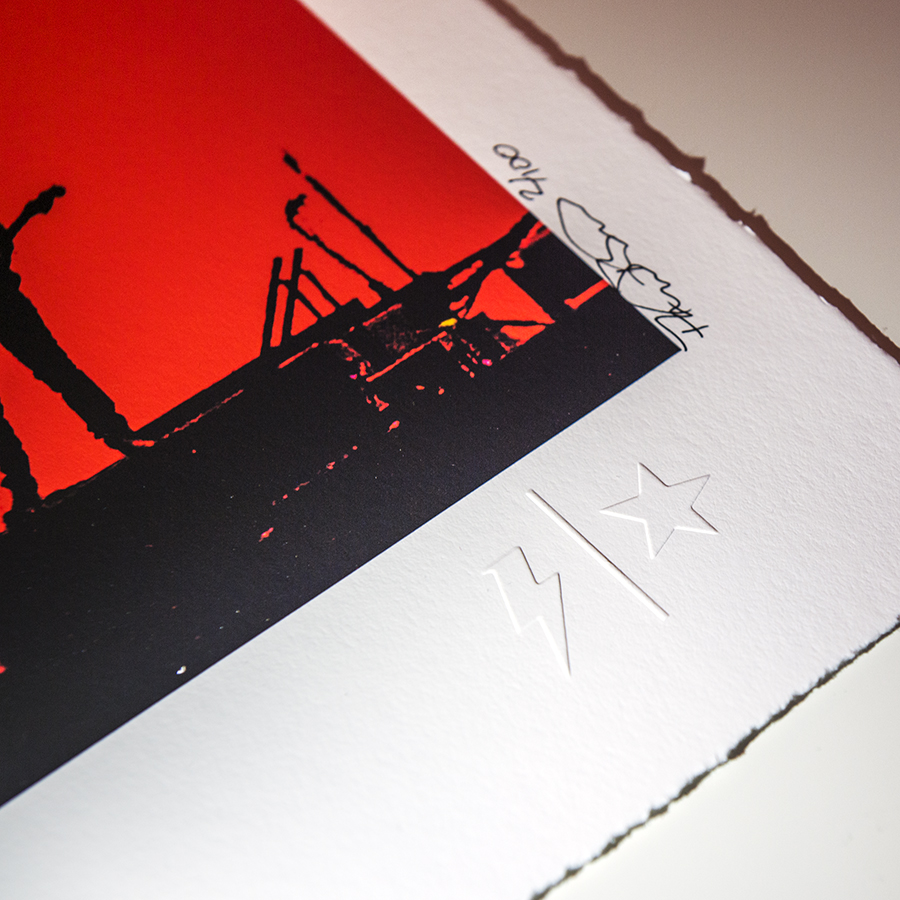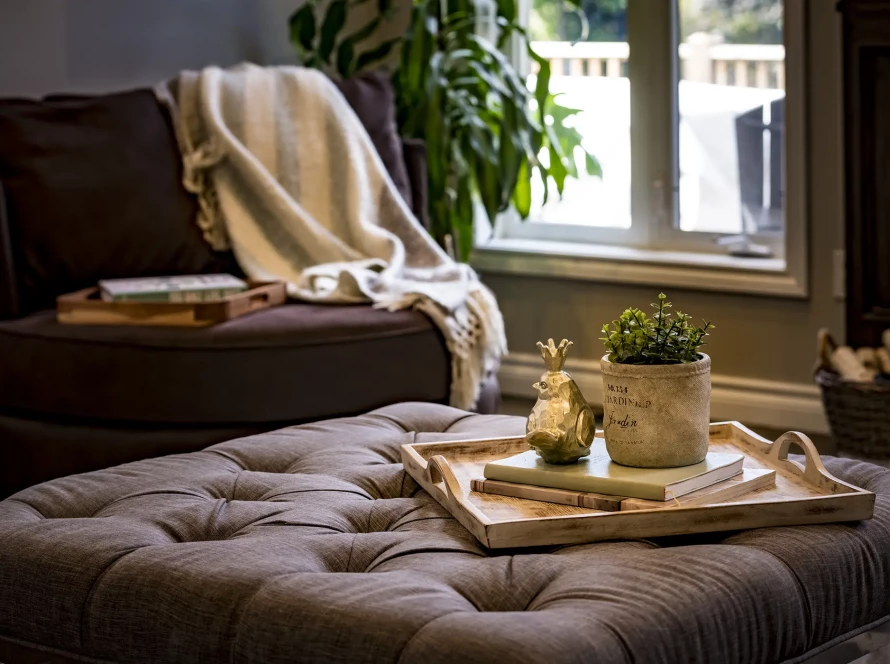Choosing the right paper and ink for Giclée prints directly impacts the quality and longevity of your artwork. Fine art ink and superior paper options work together to create stunning reproductions that maintain vibrancy over time. Artists and photographers must understand the significance of selecting appropriate Giclée print materials. This knowledge not only enhances the visual appeal of your work but also ensures it withstands the test of time. By making informed choices about materials, you can achieve prints that reflect the true essence of your art while providing enduring enjoyment for viewers.
Understanding Giclée Printing
Giclée printing is a method of producing high-quality reproductions through advanced inkjet technology. It involves transferring digital images onto a variety of substrates, each capable of showcasing artwork in stunning detail. The precision involved in this process means that artists can achieve a result that closely resembles the original piece. Having a clear understanding of how Giclée printing works will help you make better choices in materials.
Longevity is a key feature of Giclée prints, which can endure for over a century if created using the correct materials. Archival-quality inks and suitable papers work together to ensure that colors remain vibrant and details stay sharp. This longevity appeals to artists and collectors who want their work to last without fading or deterioration. Therefore, familiarity with the characteristics of the materials used is essential for achieving long-lasting prints.
Applications of Giclée printing are diverse and cater to various creative fields, particularly among artists and photographers. Many choose this method for reproducing fine art due to its ability to capture intricate details and subtle color gradients. You want your selected paper and ink combination to enhance the overall appearance of your final product. Knowing the specific requirements of your art can guide you toward choosing the best paper for prints.
The role of technology in Giclée printing has advanced significantly, allowing artists greater flexibility in their work. Digital files can be adjusted for color and detail before printing, which optimizes the outcome. Such adjustments ensure that the finished product reflects your vision accurately. Understanding how to manipulate digital files enables artists to create prints that resonate with their intent.
By grasping the fundamentals of Giclée printing, artists and photographers can enhance their creations effectively. Paying attention to both the ink and paper ensures that your prints are not only visually stunning but also capable of withstanding the effects of time. This knowledge ultimately empowers you to make informed decisions that elevate your artistic presentations. Embracing these principles will lead to the creation of exceptional Giclée prints that accurately represent your artistic voice.
Types of Paper for Giclée Prints

Selecting the right paper for Giclée printing significantly influences the final output. Fine art paper, photo paper, and canvas each provide distinct characteristics that can complement different styles of artwork. Fine art paper often features a textured surface that enhances the tactile quality of the print, while photo paper typically offers a smooth finish ideal for vibrant color reproduction.
Hahnemühle FineArt Papers are a premium choice for Giclée printing, known for their exceptional quality, durability, and archival properties. These papers offer a range of textures and weights, allowing artists and photographers to achieve stunning results that enhance the depth and richness of their prints. Whether opting for the velvety smooth Photo Rag, the finely textured German Etching, or the natural-feeling Bamboo paper, Hahnemühle provides a variety of options to suit different artistic styles and preferences.
When considering paper, weight and thickness are essential considerations. The weight of paper is measured in grams per square meter (GSM), and heavier paper generally enhances durability and provides a more substantial feel. Thicker substrates can also prevent warping, ensuring your prints maintain their integrity over time. Choosing the right weight for your Giclée prints can contribute to the overall quality and presentation of your artwork.
Surface texture also plays a vital role in the printing process. Smooth surfaces allow for finer detail and sharper images, making them suitable for photography. In contrast, textured surfaces can soften images and provide an artistic quality that enhances print appeal. You should analyze how the surface texture corresponds to your artistic intent to determine the best choice for your specific work.
- Fine Art Paper: Offers texture and character, ideal for reproducing traditional artwork.
- Hahnemühle FineArt Papers: Premium archival quality papers with various textures and finishes for superior Giclée prints.
- Photo Paper: Provides a smooth finish for vivid colors and detail, especially good for photography.
- Canvas: Adds dimension and depth, suitable for creative and fine art reproductions.
- Weight and Thickness: Heavier options increase durability and prevent warping in prints.
- Surface Texture Influence: Smooth surfaces favor detail, while textured papers enhance artistic effects.
Ultimately, understanding these factors enables you to select the right paper that showcases your artwork effectively. A thoughtful combination of weight, surface, and type can elevate your Giclée prints from mere reproductions to impactful artistic statements. Embracing these considerations allows you to present your creative vision authentically and with lasting quality. The investment in selecting the right paper, especially with premium choices like Hahnemühle FineArt Papers, will certainly yield impressive results that resonate with your audience.
Choosing the Right Ink
Selecting the appropriate ink is essential for achieving optimal Giclée prints. Artists have two primary options: dye-based and pigment-based inks. Dye-based inks are known for their vibrant colors and smooth gradients, making them an appealing choice for photographic reproductions. However, their longevity is compromised in comparison to pigment-based inks, which offer superior fade resistance and greater durability.
Color fidelity is another critical factor when choosing ink for Giclée prints. Inks should accurately replicate the original artwork’s colors, capturing every hue and nuance. Paying attention to the ink’s performance in terms of vibrance and subtle transitions can enhance the overall impact of your prints. Well-chosen inks can elevate your artwork and ensure it remains visually true to your creative intent.
Archival quality is of utmost importance for artists looking to produce long-lasting prints. Inks specifically labeled as archival or fade-resistant provide assurance that your work will stand the test of time. Investing in high-quality fine art ink guarantees that colors remain bold and detailed, even years after printing. This consideration plays a crucial role in satisfying both artists and collectors who seek artworks with enduring appeal.
Test prints can significantly aid in understanding how different inks interact with various papers. By creating samples, you can assess how colors translate from digital files to physical prints. Evaluating these tests helps in making necessary adjustments, fine-tuning your technique to meet your artistic goals. Establishing this practice fosters a collaborative relationship between your artwork and the materials you select.
Delving into the nuances of ink selection empowers artists to create compelling Giclée prints. Comprehensive knowledge of ink types, color accuracy, and archival qualities supports informed decisions that positively influence the final product. As you commit to this artistic journey, your dedication to quality materials will shine through in every piece you produce. Together, the right Giclée paper and ink contribute to achieving extraordinary prints that embody your artistic vision.
Optimal Outcomes Await
Professional photographers use high-quality paper when printing fine art to ensure the longevity, color accuracy, and archival preservation of their artwork. Selecting the right paper and ink for Giclée prints greatly affects their quality and longevity. High-quality materials preserve vibrant colors and intricate details, making them essential for reproducing art faithfully. Understanding paper types and ink characteristics empowers you to achieve superior results in your prints. Prioritizing archival choices ensures your work maintains its beauty over time. Carefully considering these elements allows artists and photographers to showcase their creations at their best, guaranteeing lasting impressions for years to come.




